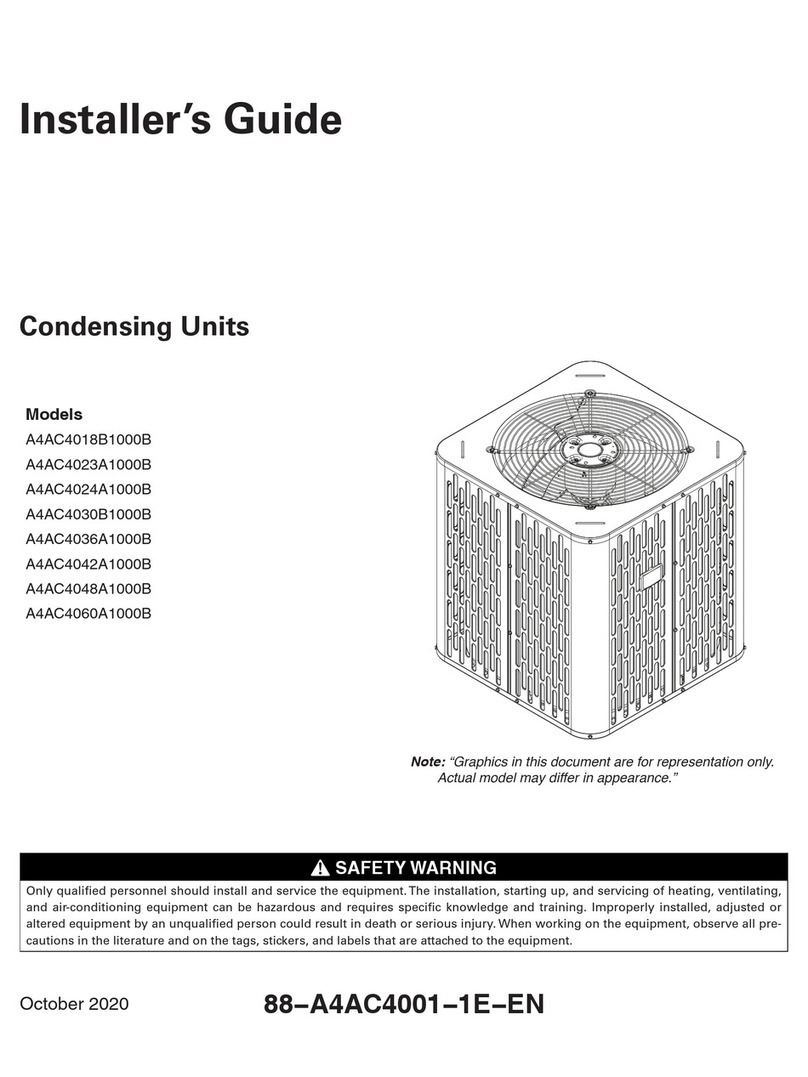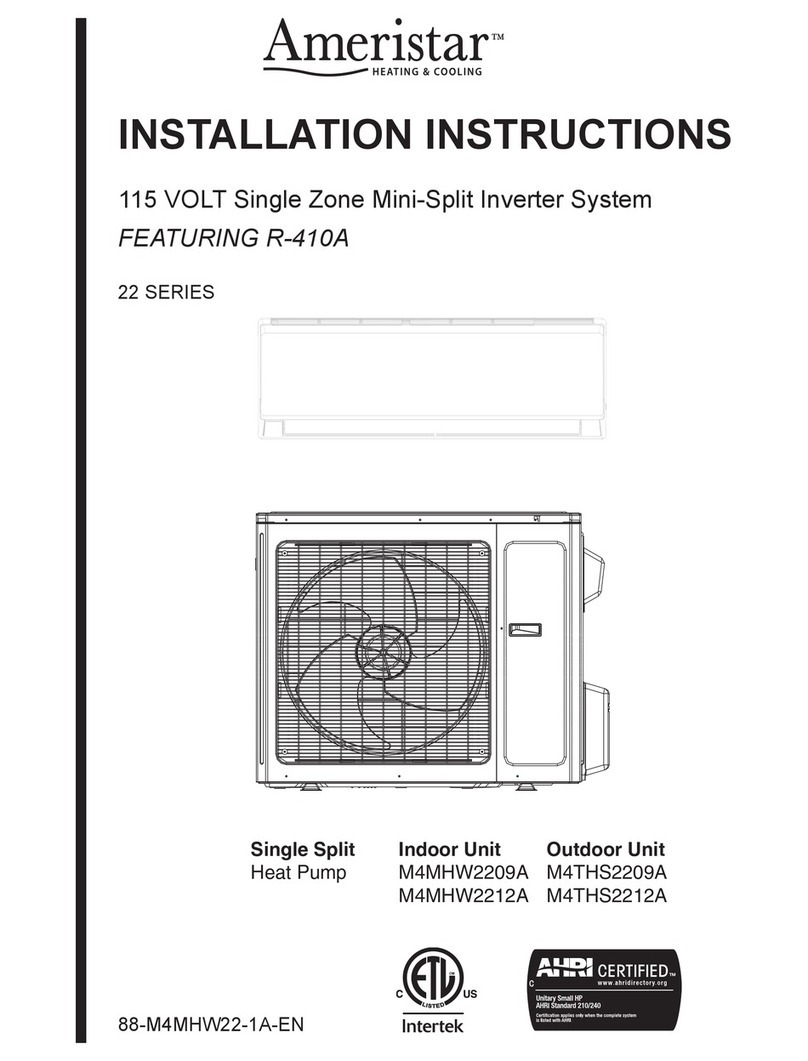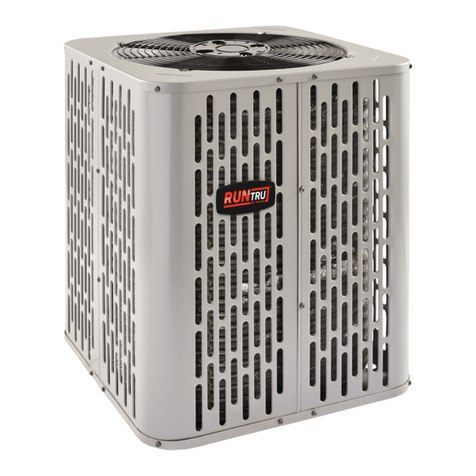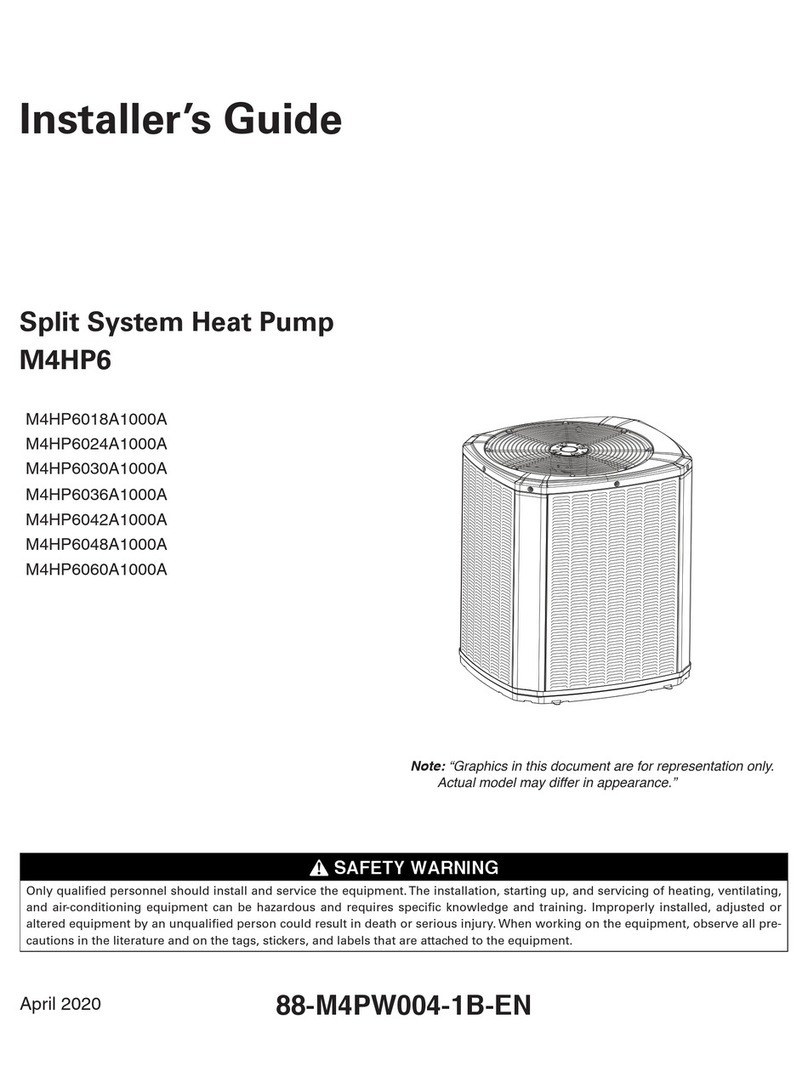TABLE OF CONTENTS
1.0 SAFETY..................................................................................................................3
1.1 INSPECTION.................
................................................................................
...4
1.2 LIMITATIONS..........................................................
..............................
............4
2.0 GENERAL..............................................................................................................4
3.0 UNIT INSTALLATION............................................................................................6
3.1 LOCATION.......................................................................................................6
3.2 GROUND INSTALLATION...............................................................................6
3.3 ROOF INSTALLATION.............................
........................................................
6
3.4 UNIT PLACEMENT..........................................................................................6
3.5 UNIT MOUNTING............................................................................................7
3.6 FACTORY-PREFERRED TIE-DOWN METHOD.............................................8
3.7 PRECAUTIONS DURING LINE INSTALLATION.............................................9
3.8 PRECAUTIONS DURING BRAZING OF LINES...
..........................................10
3.9 PRECAUTIONS DURING BRAZING SERVICE VALVE.................................10
4.0 INTERCONNECTING TUBING............................................................................12
4.1 SUCTION AND LIQUID LINES .....................................................................12
4.2 MAXIMUM LENGTH OF LINES ....................................................................12
4.3 VERTICAL LIFT ............................................................................................12
5.0 EVACUATION......................................................................................................12
6.0 ELECTRICAL CONNECTIONS...........................................................................14
6.1 GENERAL INFORMATION & GROUNDING ............
...............................
......14
6.2 FIELD CONNECTIONS POWER WIRING ..............................
......................
14
6.3 REMOVING THE TOP PANEL AND MOTOR................................................15
7.0 SYSTEM OPERATION........................................................................................15
7.1 COMPRESSOR CRANKCASE HEATER (CCH)...........................................15
7.2 REVERSING VALVE INTRODUCTION .......................................................15
7.3 PROTECTION FUNCTION INTRODUCTION...............................................16
7.4 DEFROST MODE INTRODUCTION.............................................................16
8.0 CHECKING REFRIGERANT CHARGE .............................................................17
8.1 CHARGING BY LIQUID PRESSURE............................................................17
8.2 CHARGING BY WEIGHT ..............................................................................17
8.3 FINAL LEAK TESTING .................................................................................17
9.0 WARRANTY.........................................................................................................18
10.0 WIRING DIAGRAM............................................................................................18
10.1 CONTROL WIRING FOR A/C UNITS..........................................................19
10.2 CONTROL WIRING FOR H/P UNITS .........................................................20
2































